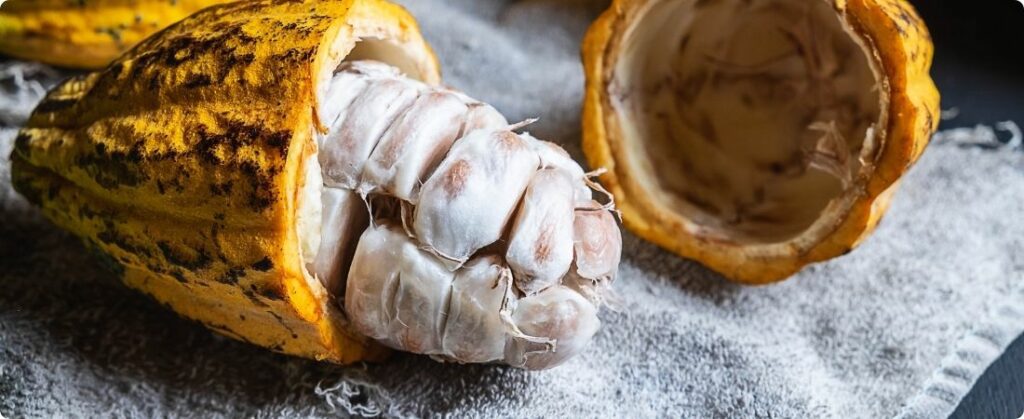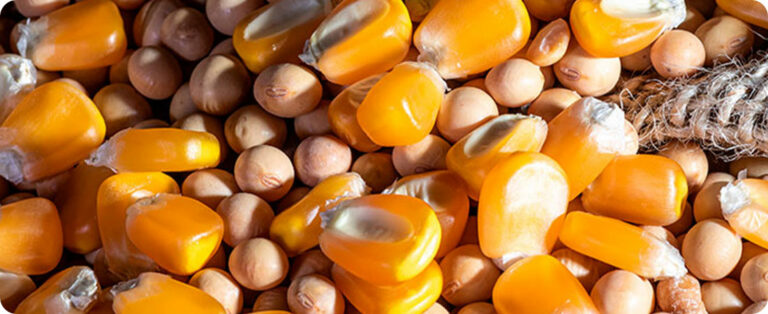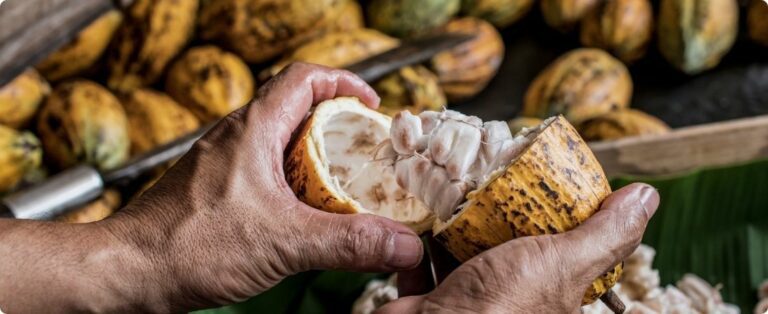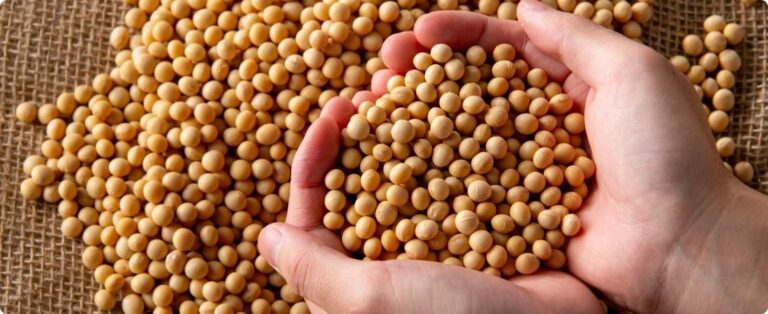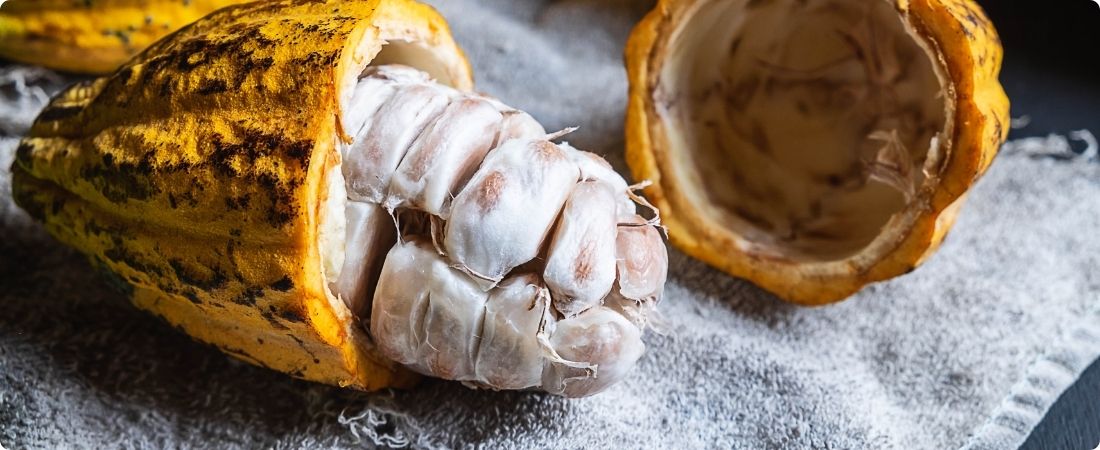
According to analysis by Hedgepoint Global Markets, the recent release of stronger than expected cocoa grinding data, especially with a 5.6% increase in March in Costa do Marfim, indicated to the market a more resilient demand amid an adverse scenario. This performance was surprising, since the market was projecting contractions of between 5% and 7%. The data released by the ECA, CAA and NCA associations showed declines of 3.7%, 3.4% and 2.5% in first-quarter milling in Europe, Asia and the USA, respectively — less negative numbers than expected.
The cocoa market has been experiencing significant volatility in recent months, with prices reaching record highs. The sharp decline in production in Ivory Coast and Ghana, the world’s largest cocoa producers, has driven this surge. As a result, major chocolate producers have seen their production costs soar, which has led to the increase being passed on to the end consumer.
Cocoa puts pressure on inflation and changes the course of the markets
Economic indicators reflected this scenario. In Europe, the Harmonized Index of Consumer Prices (HICP) showed significant variations. In the United States, the same happened with the Producer Price Index (PPI). In Brazil, chocolate recorded an increase above the National Consumer Price Index (INPC) in 2025. Bar products and cocoa powder stood out among those that increased the most.
According to Hedgepoint Market Intelligence analyst Carolina França, a decline in demand was seen as a bearish factor. The situation worsened after Donald Trump's “Liberation Day,” with fears of recession and trade tariffs driving prices down. However, recent data has changed the outlook: July 2025 contracts closed on April 23 with an increase of 4.8% in New York (USD 9,117/mt) and 6.4% in London (GBP 6,435/mt).
Source: Leonardo Gottems | agrolink

